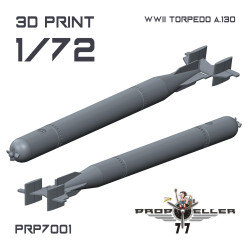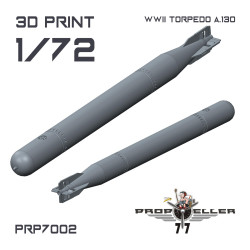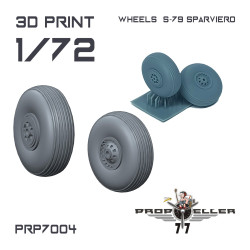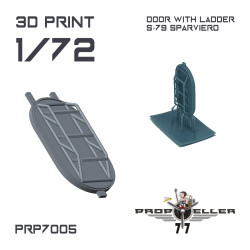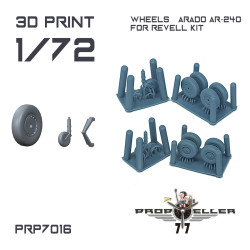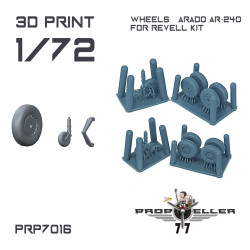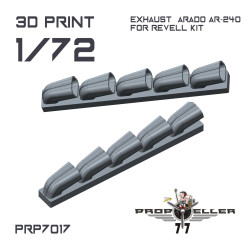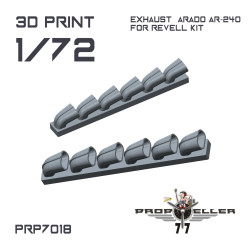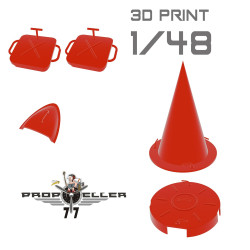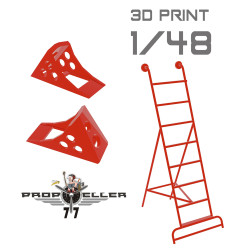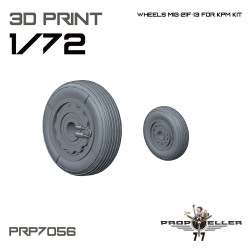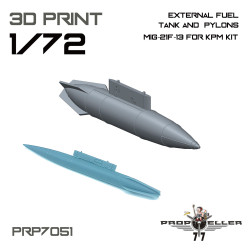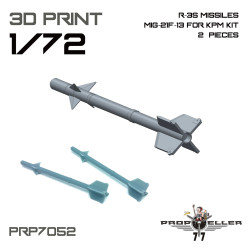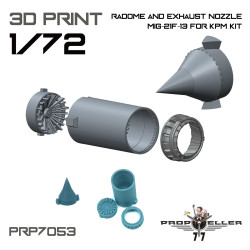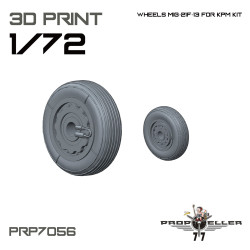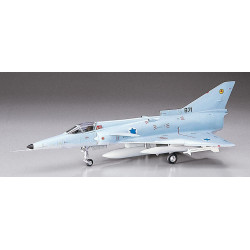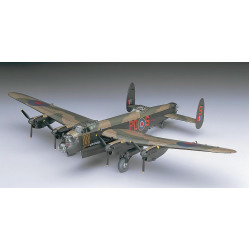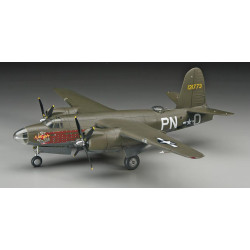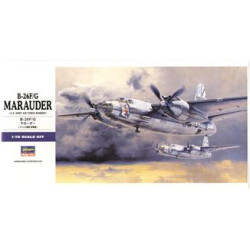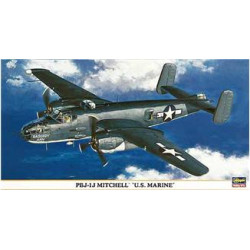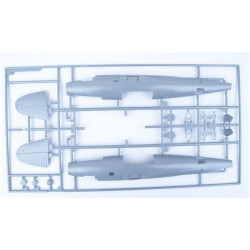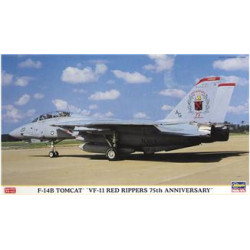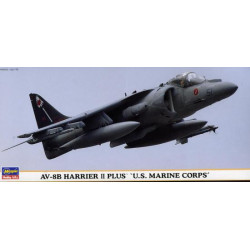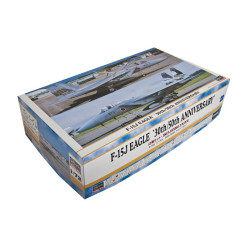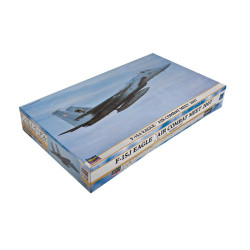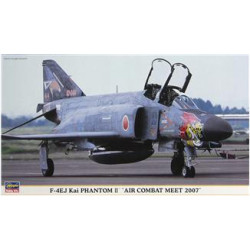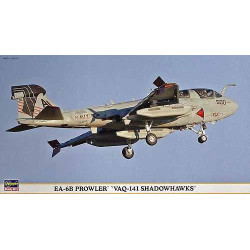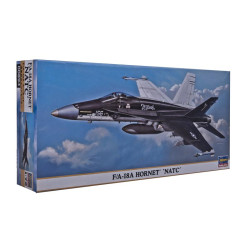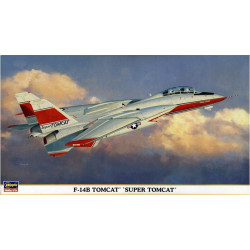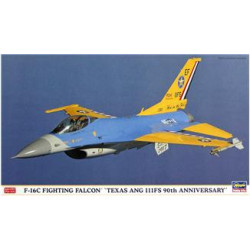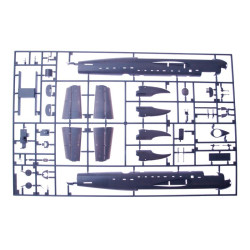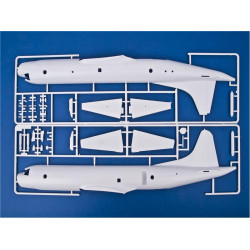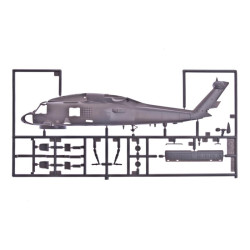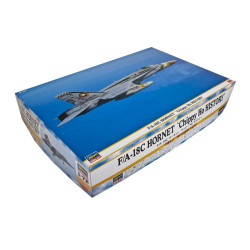A-10A Thunderbolt II Osan
1/72 Aircrafts, Planes
Hasegawa 00903
Manufacturer: Hasegawa
Scale: 1/72
Material: Plastic
Paint: Unpainted, Unassembled, Kit do not contain paints and glue.
Condition: New in Box
The Fairchild Republic A-10 Thunderbolt II is an American twin-engine, straight-wing jet aircraft developed by Fairchild-Republic in the early 1970s. The only United States Air Force aircraft designed solely for close air support of ground forces, the A-10 was built to attack tanks,armored vehicles, and other ground targets with limited air defenses.
The A-10 was designed around the GAU-8 Avenger, a 30 mm rotary cannon that is the airplane's primary armament and the heaviest such automatic cannon mounted on an aircraft. The A-10's airframe was designed for survivability, with measures such as 1,200 pounds (540 kg) of titanium armorfor protection of the cockpit and aircraft systems that enables the aircraft to continue flying after taking significant damage. The A-10A single-seat variant was the only version built, though one A-10A was converted to the A-10B twin-seat version. In 2005, a program was begun to upgrade A-10A aircraft to the A-10C configuration.
The A-10's official name comes from the Republic P-47 Thunderbolt ofWorld War II, a fighter that was particularly effective at close air support. The A-10 is more commonly known by its nicknames "Warthog" or"Hog". It also has a secondary mission, where it provides airborneforward air control, directing other aircraft in attacks on ground targets. Aircraft used primarily in this role are designated OA-10. With a variety of upgrades and wing replacements, the A-10's service life may be extended to 2028.In May 1970, the USAF issued a modified and much more detailed request for proposals (RFP) for the aircraft. The threat of Soviet armored forces and all-weather attack operations had become more serious. Now included in the requirements was that the aircraft would be designed specifically for the 30 mm cannon. The RFP also specified an aircraft with a maximum speed of 460 mph (400 kn; 740 km/h), takeoff distance of 4,000 feet (1,200 m), external load of 16,000 pounds (7,300 kg), 285-mile (460 km) mission radius, and a unit cost of US$1.4 million.The YA-10A was built in Hagerstown, Maryland and first flew on 10 May 1972. After trials and a fly-off against the YA-9A, the Air Force announced its selection of Fairchild-Republic's YA-10A on 18 January 1973 for production.General Electric was selected to build the GAU-8 cannon in June 1973.The YA-10 had an additional fly-off in 1974 against the Ling-Temco-Vought A-7D Corsair II, the principal Air Force attack aircraft at the time, in order to prove the need to purchase a new attack aircraft. The first production A-10 flew in October 1975, and deliveries to the Air Force commenced in March 1976. In total, 715 airplanes were produced, the last delivered in 1984.n 2012, Air Combat Command requested the testing of a 600-gallon external fuel tank which would extend the A-10's loitering time by 45–60 minutes; flight testing of such a tank was conducted in 1997, but did not involve combat evaluation. Over 30 flight tests were conducted by the 40th Flight Test Squadron to gather data on the aircraft's handling characteristics and performance across different load configurations. The tank slightly reduced stability in the yaw axis, however there is no decrease in aircraft tracking performance.In July 2010, the USAF issued Raytheon a contract to integrate a Helmet Mounted Integrated Targeting (HMIT) system onto A-10Cs. The Gentex Corporation Scorpion Helmet Mounted Cueing System (HMCS) was also evaluated. In February 2014, SoAF Deborah Lee James ordered that development of Suite 8 software upgrade continue, in response to Congressional pressure. Software upgrades were originally to be ceased due to plans to retire the A-10. Suite 8 software includes IFF Mod 5, which allows friendly units to identify the A-10 as a friendly aircraft.The A-10's durability was shown on 7 April 2003 when Captain Kim Campbell, while flying an A-10 over Baghdad during the 2003 invasion of Iraq, suffered extensive flakdamage. Iraqi fire damaged one of the A-10's engines and crippled its hydraulic system, which required the aircraft's stabilizer and flight controls to be operated via the 'manual reversion mode'. Despite this damage, Campbell flew the aircraft for nearly an hour and landed safely.Compromised fuel transfer lines self-seal; if damage exceeds a tank's self-sealing capabilities, check valves prevent fuel flowing into a compromised tank. Most fuel system components are inside the tanks so that fuel will not be lost due to component failure. The refueling system is also purged after use. Reticulated polyurethane foam lines both the inner and outer sides of the fuel tanks, retaining debris and restricting fuel spillage in the event of damage. The engines are shielded from the rest of the airframe by firewalls and fire extinguishing equipment. In the event of all four main tanks being lost, two self-sealing sump tanks contain fuel for 230 miles (370 km) of flight.
A-10 Thunderbolt II
An A-10 from the 81st Fighter Squadron, Spangdahlem Air Base, Germany
Role
Fixed-wing close air support,forward air control, and ground-attack aircraft
National origin
United States
Manufacturer
Fairchild Republic
First flight
10 May 1972
Introduction
March 1977
Status
In service
Primary user
United States Air Force
| General Product Info | |
| Material | NOT SET |
| Scale | 1/72 |
| Type | NOT SET |
We have the lowest worldwide shipping. And it's totally simple.
EUROPE, USA, CANADA TURKEY, ISRAEL, EGYPT, UE CHINA, JAPAN, HK, S.KOREA | AU NZ MX South America, Asia | |
| Order weight up to 0.22kg or 0.48lb | US$ 8.90 | US$ 8.90 |
| Order weight up to 0.44kg or 0.97lb | US$ 13.95 | US$ 17.90 |
| Order weight over 0.44kg or 0.97lb | US$ 19.99 | US$ 29.99 |
| Order total over $150 | FREE | PROMO US$ 19.99 |
Shipping to some countries not qualifies for the free shipping option but costs not over $29.99 for any sized order. Sorry for that, your location is too far.
- Stock: Out Of Stock
- Model: HA00903
- Weight: 0.50lb
- DATE ADDED: 08/04/2014
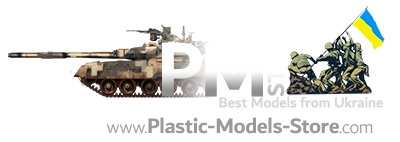


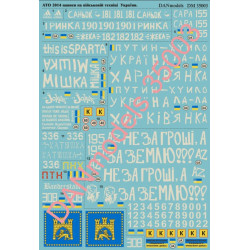
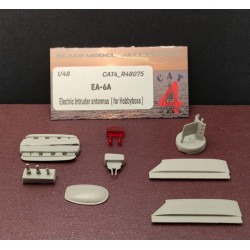



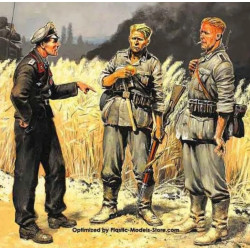



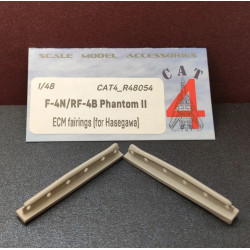
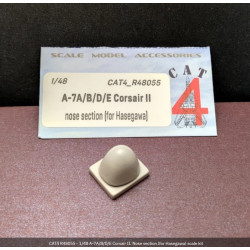

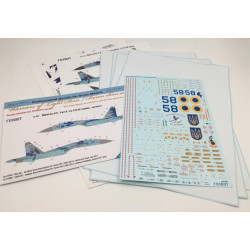
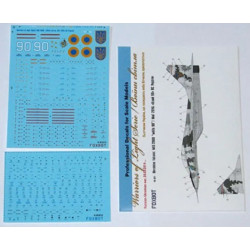

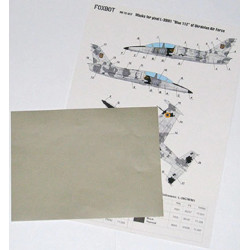
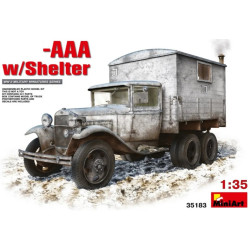


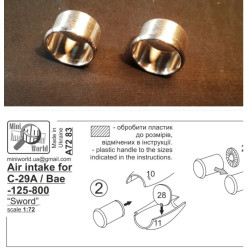
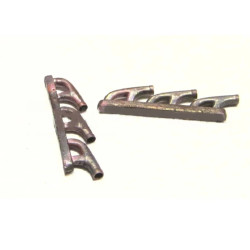
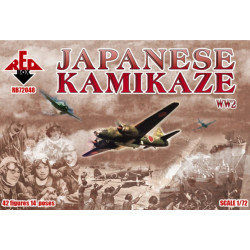





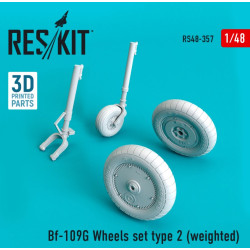


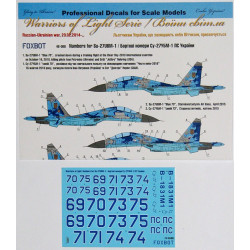
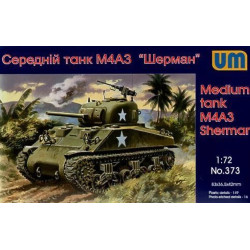









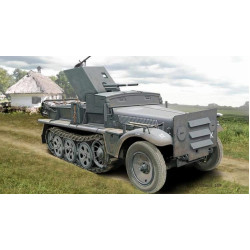
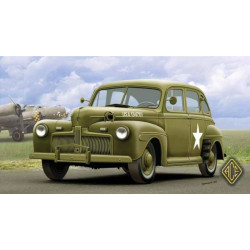
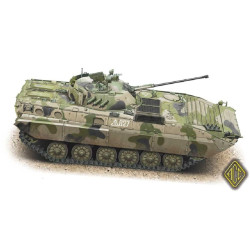
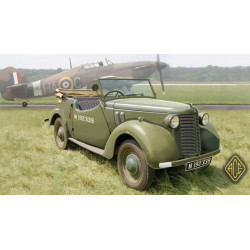
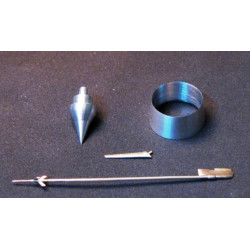

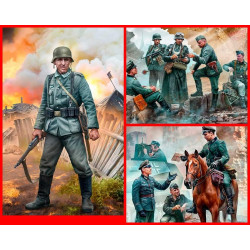
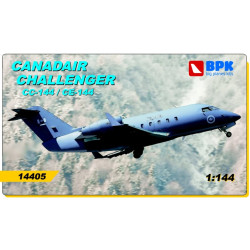
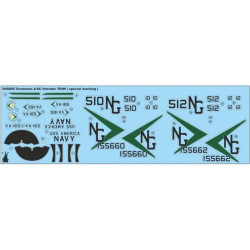

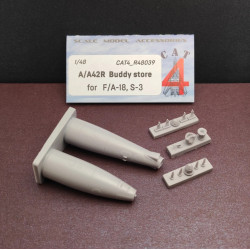

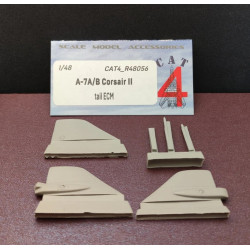
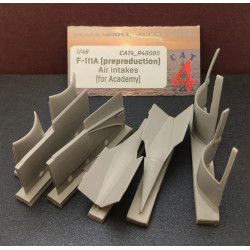
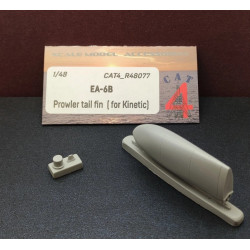
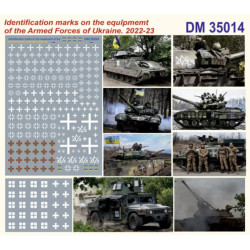




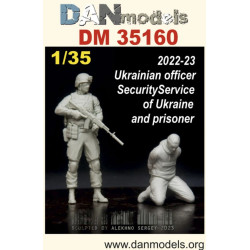

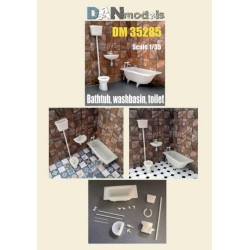
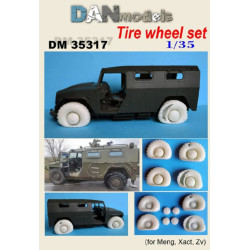
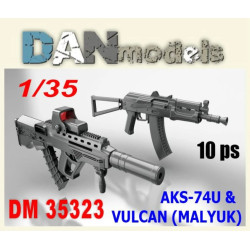
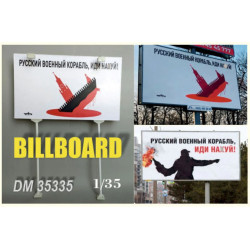
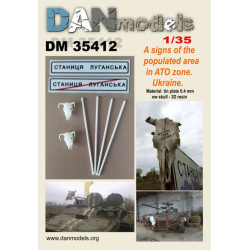


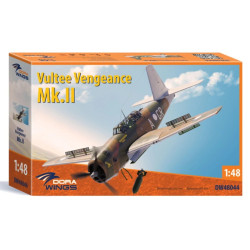

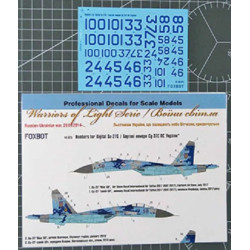

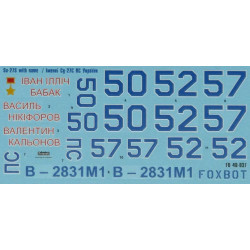

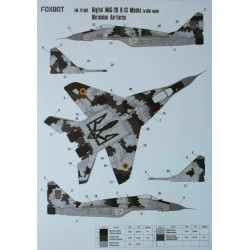






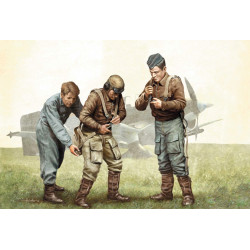

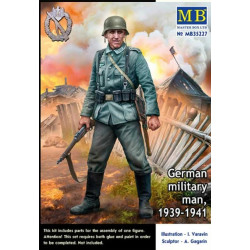
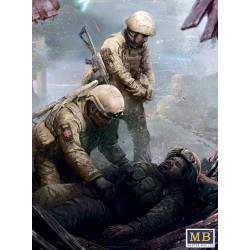












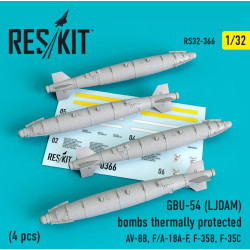










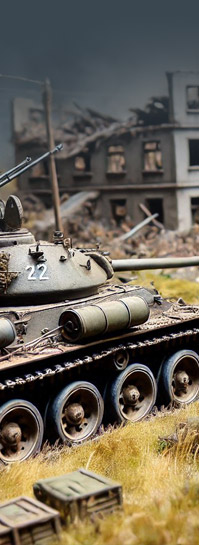
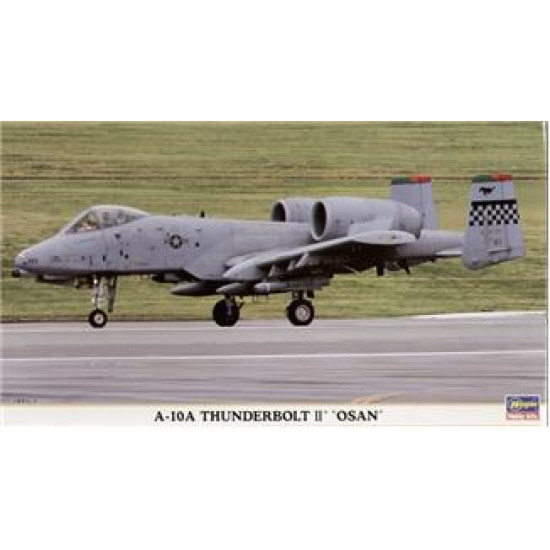
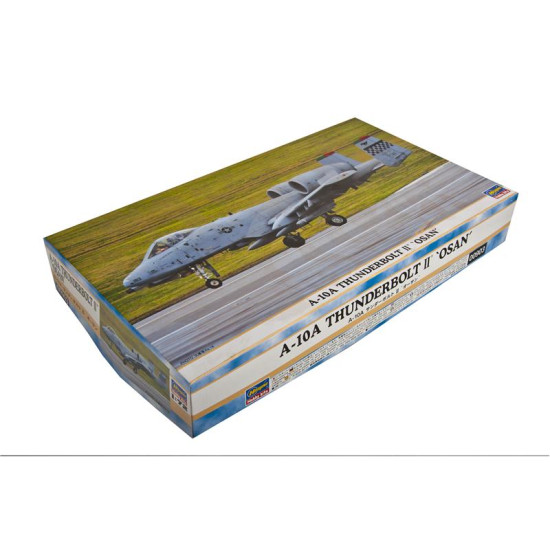
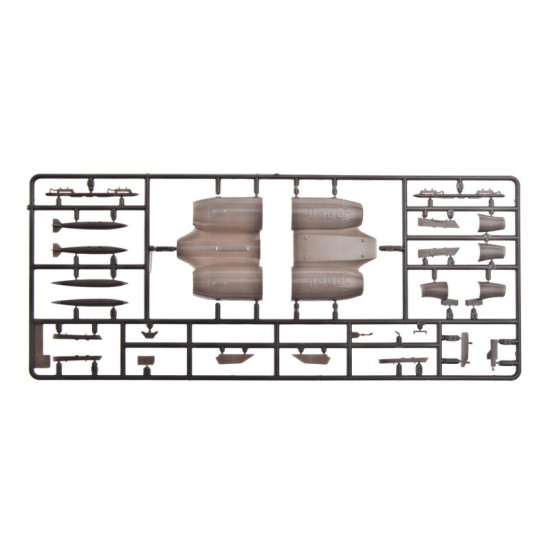
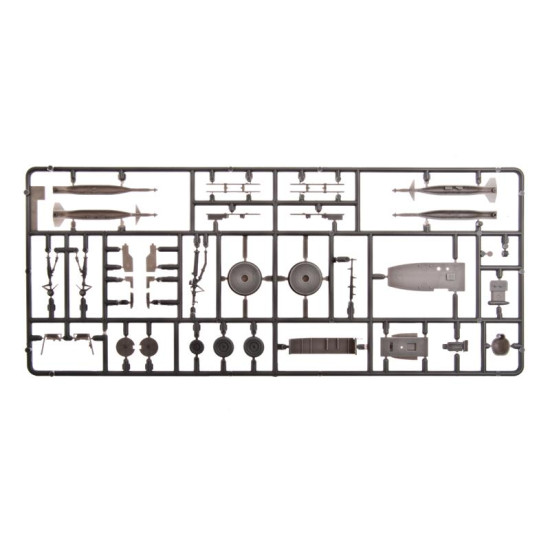
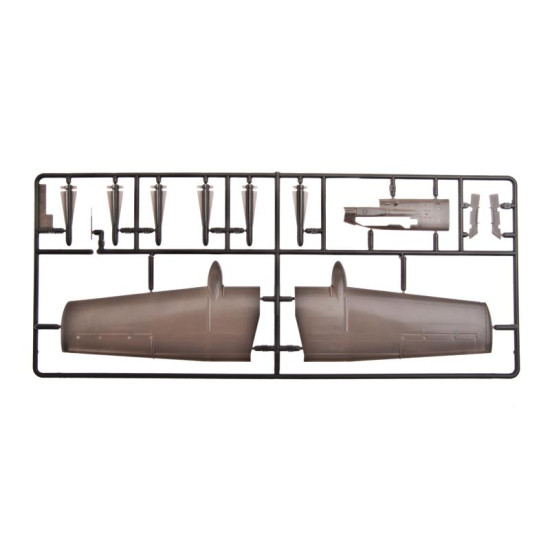
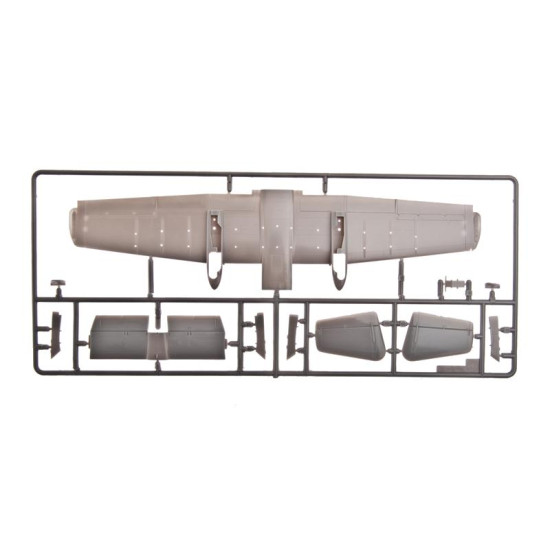
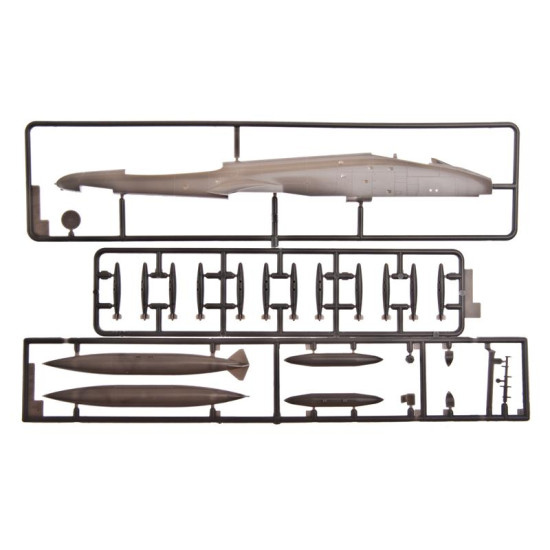
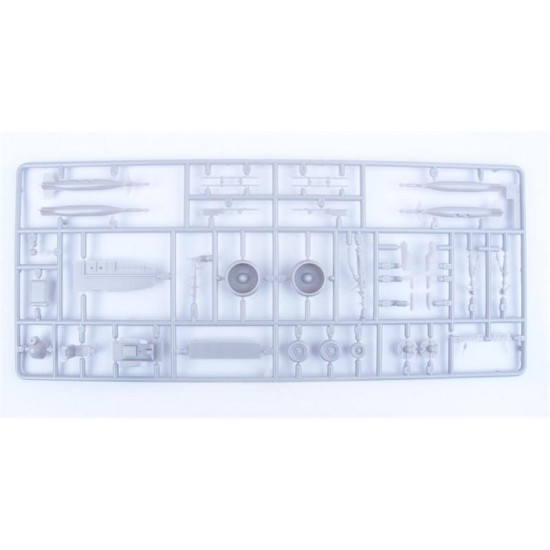
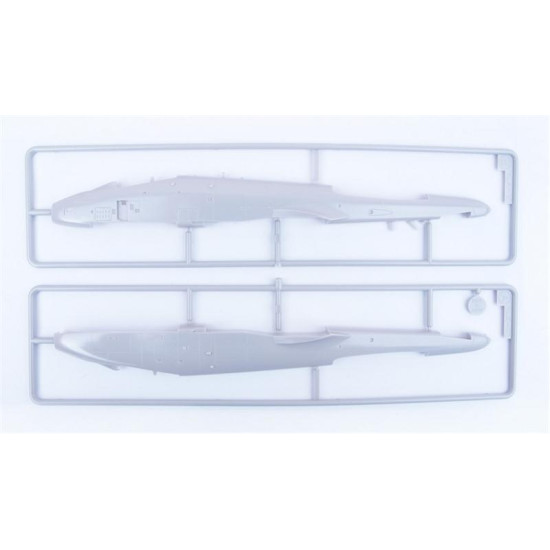
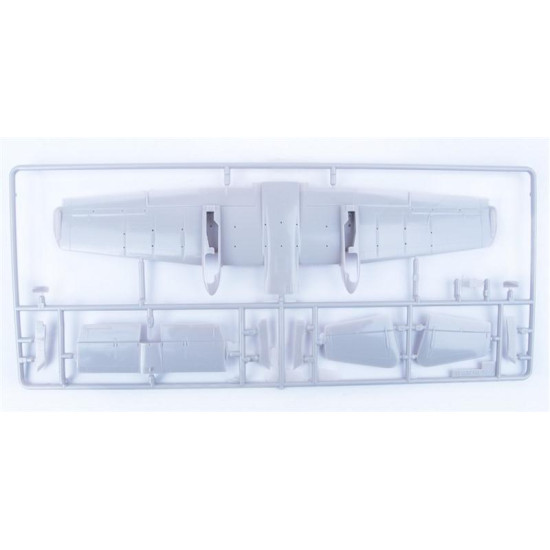











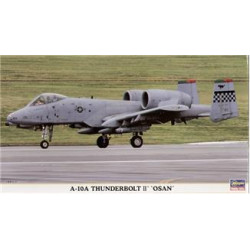
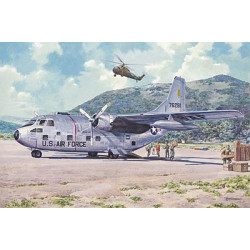
-250x250w.jpg)

